The Beauchamp Chapel, St Mary’s Church, Warwick
This show notes pages accompanies my visit to The Beauchamp Chapel, St Mary’s Church, Warwick, Built in the fifteenth century, the Chapel is home to the tombs of Robert Dudley and Richard Beauchamp.
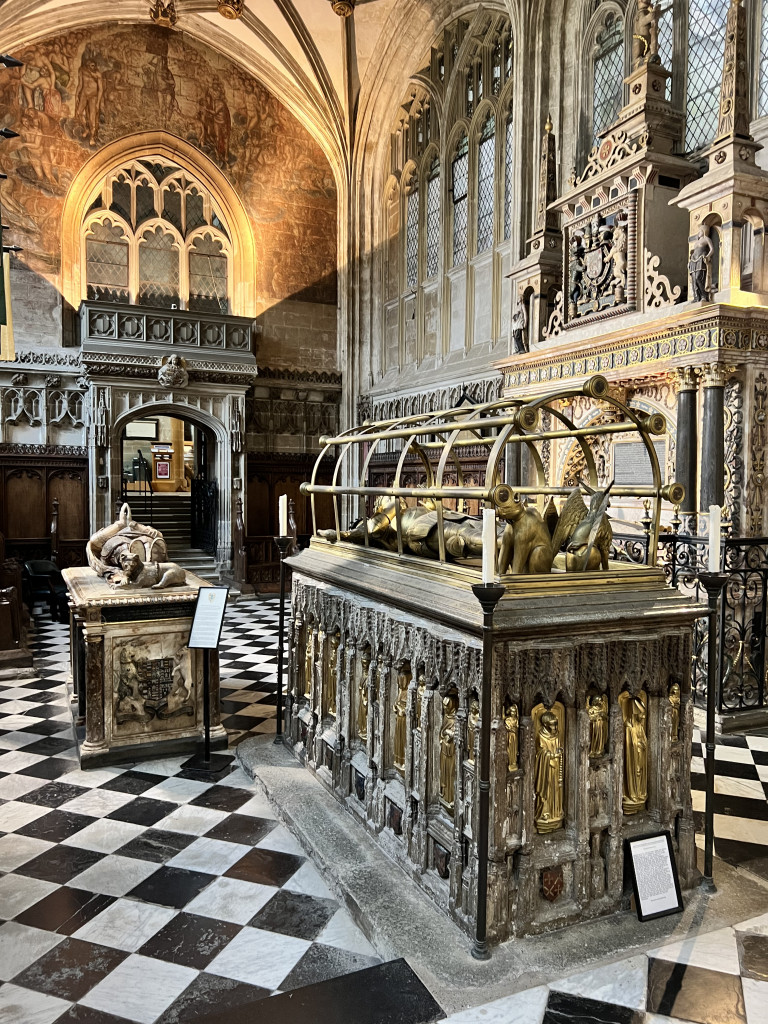
This show notes pages accompanies my visit to The Beauchamp Chapel, St Mary’s Church, Warwick, Built in the fifteenth century, the Chapel is home to the tombs of Robert Dudley and Richard Beauchamp.
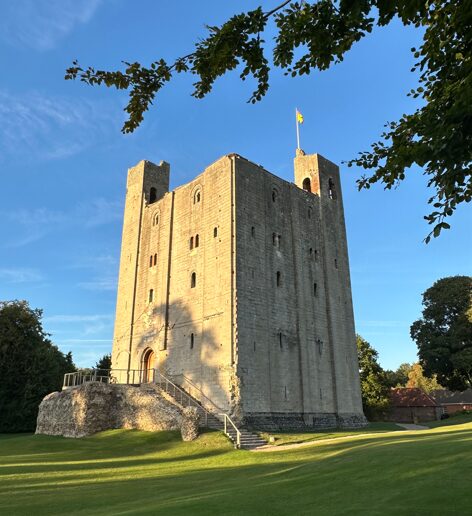
This show notes pages accompanies my visit to Hedingham Castle in Essex. Dating back to the twelfth century, the Castle has a rich history and was visited by Tudor royalty.
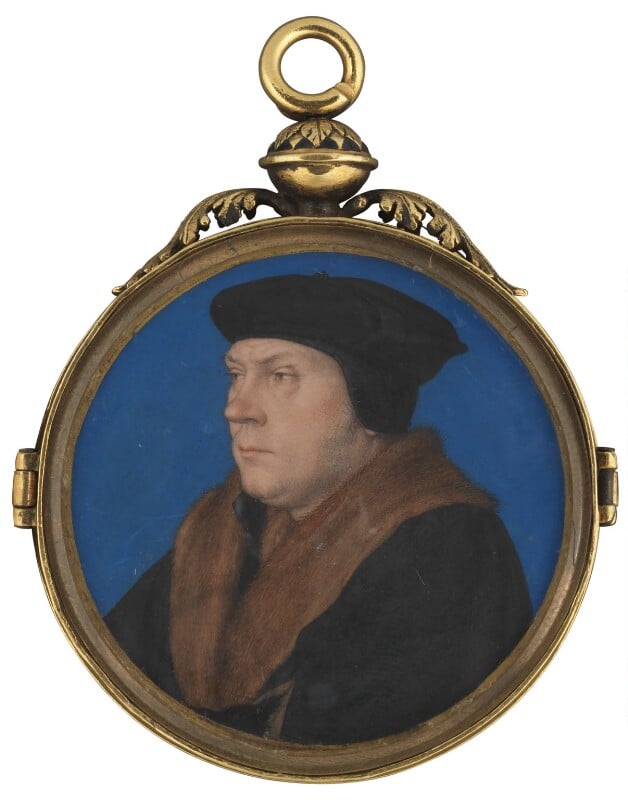
Name and Title: Sir Ralph Sadler.
Born: 1507 in Hackney, London.
Died: 30 March 1587 at Standon, Hertfordshire.
Buried: St Mary’s Church, Standon, Hertfordshire.
Read more and see images of the tomb here…
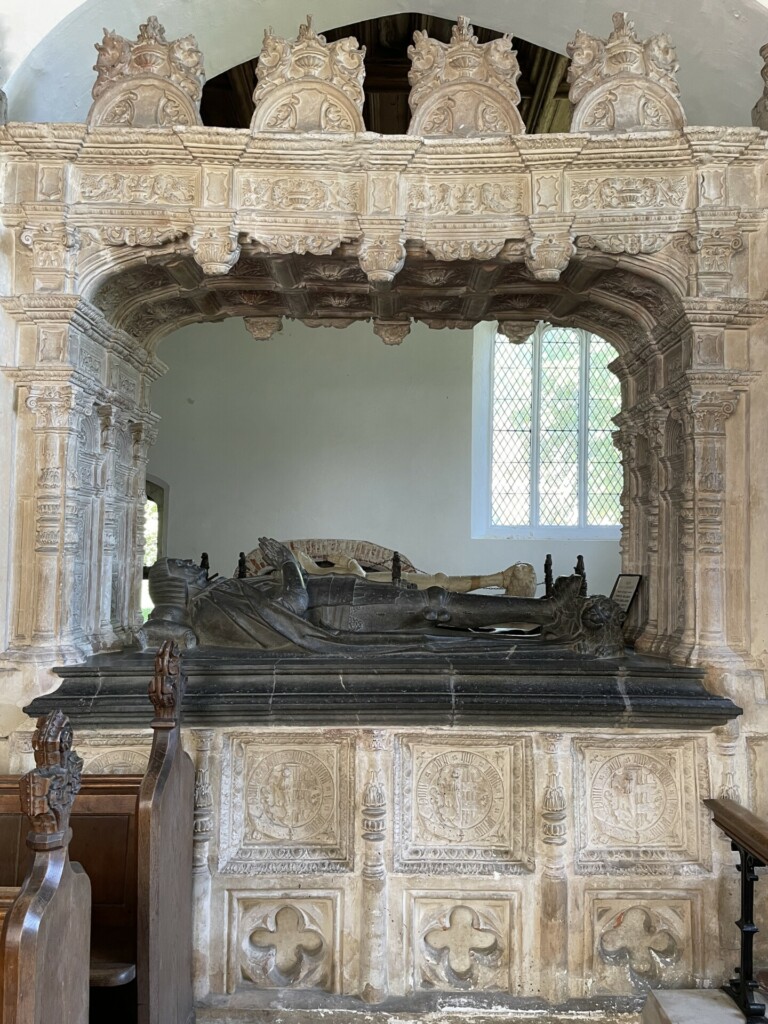
Name and Title: Sir Ralph Sadler.
Born: 1507 in Hackney, London.
Died: 30 March 1587 at Standon, Hertfordshire.
Buried: St Mary’s Church, Standon, Hertfordshire.
Read more and see images of the tomb here…
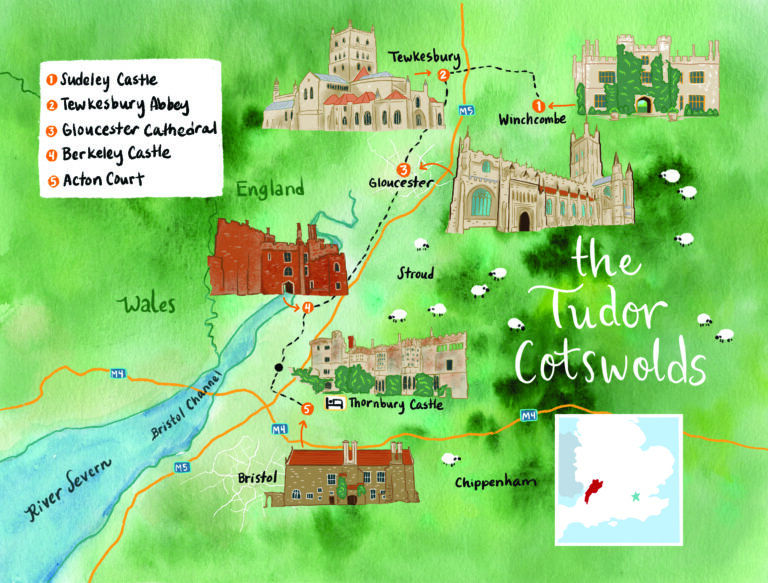
In this guide, we travel to the Cotswolds, an area of outstanding natural beauty (AONB). In the Tudor period, the Cotswolds were renowned for supplying the best quality wool in Europe. Today, picture-perfect villages and lush, rolling hillsides surround some incredible Tudor places. Let’s go time travelling!
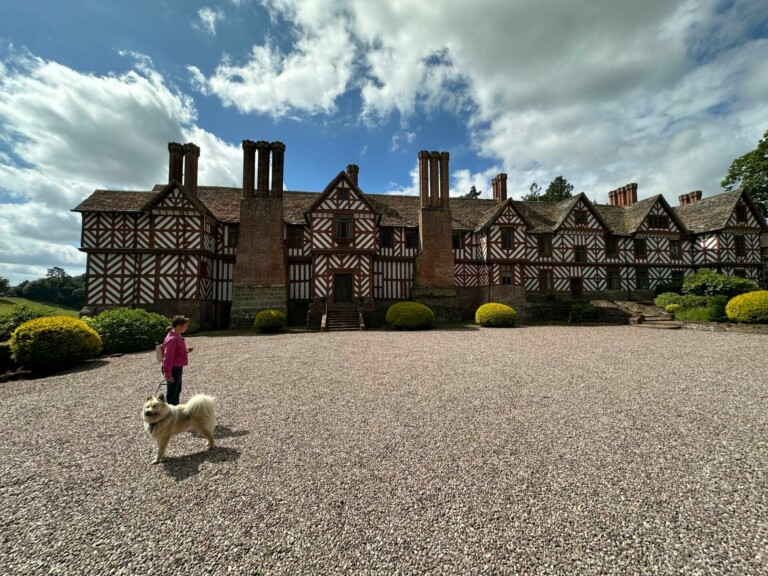
In this episode, I visit Pitchford Hall in Shropshire. Built around 1560, Pitchford Hall is one of England’s finest examples of a half-timbered Elizabethan house.
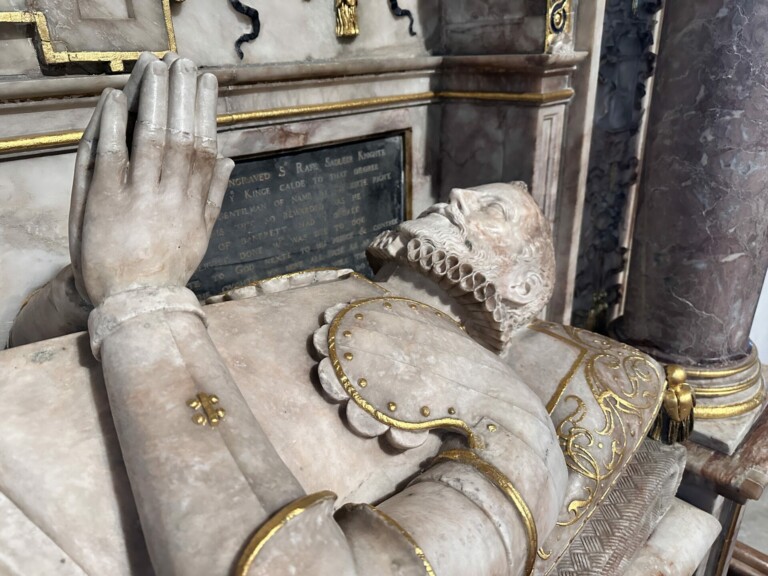
Name and Title: Sir Ralph Sadler.
Born: 1507 in Hackney, London.
Died: 30 March 1587 at Standon, Hertfordshire.
Buried: St Mary’s Church, Standon, Hertfordshire.
Read more and see images of the tomb here…
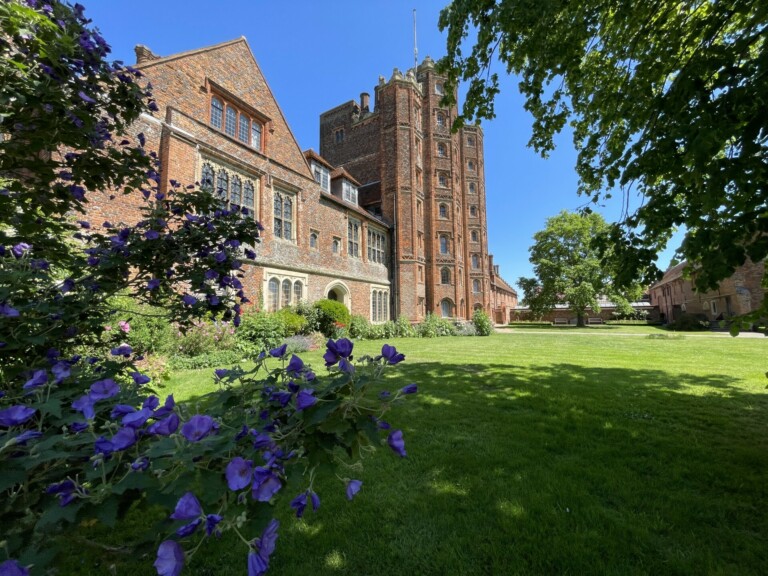
In this episode, I visit Layer Marney Tower in Essex. I’m shown around by its owner, Sheila Charrington. We explore this stunning Tudor gatehouse, the tallest of its kind in the UK. Its impressive height and elaborate brickwork, showcase the wealth and ambition of its creator, Lord Henry Marney.
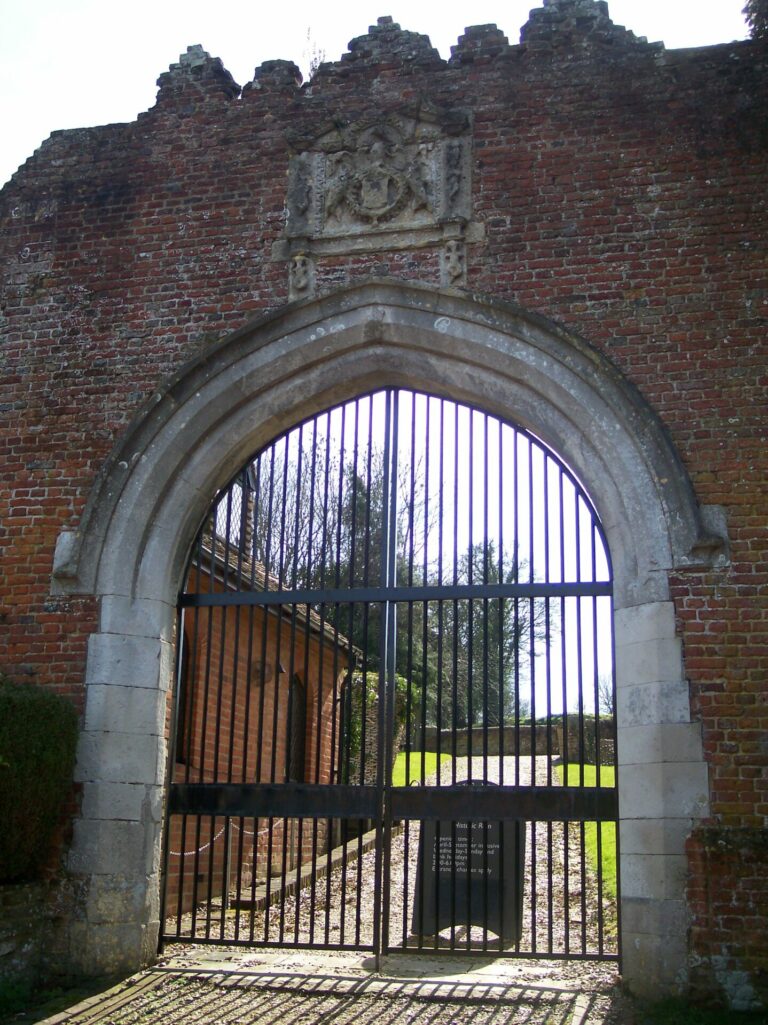
After a short journey from Sherbourne St John, Anne and Henry arrived at Basing House, the principal seat of Sir William Paulet, Comptroller of the King’s Household, on 19 October 1535. One of the finest residences in the country, Basing House covered over 14 acres, and parts of the building rose to five storeys high.
While it is unclear whereabouts in the building the royal couple stayed, records suggest the impromptu two day visit cost Sir William Paulet in the region of £6000 (£600,000 in today’s money).
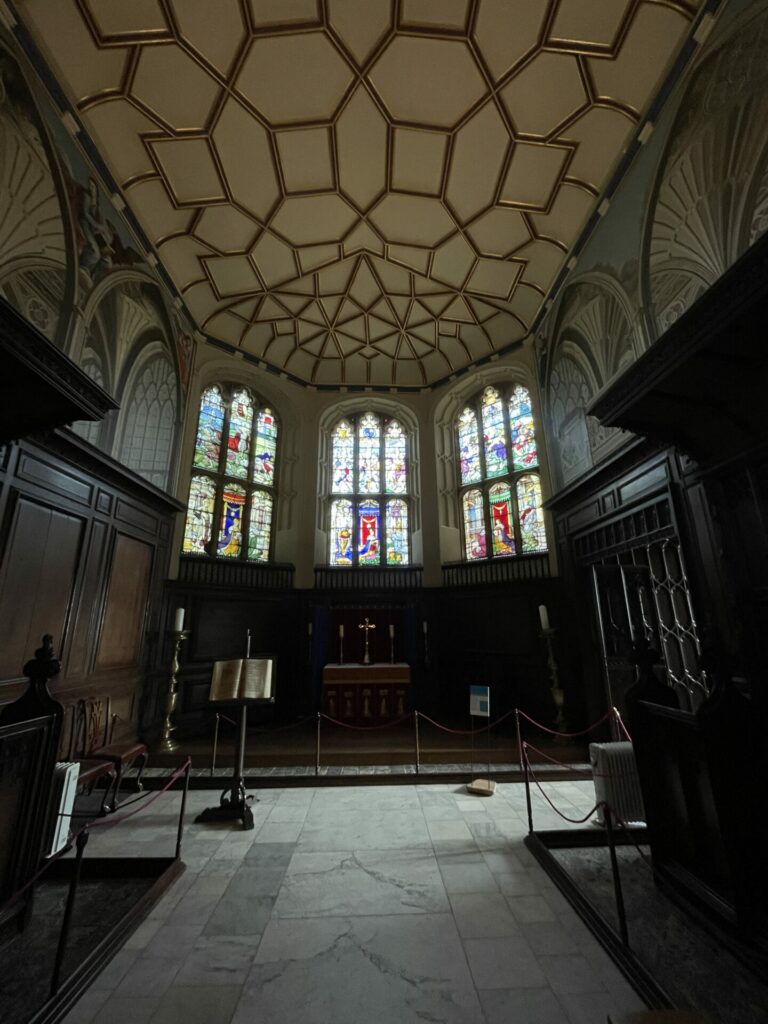
Anne and Henry stayed at the Vyne for four days from 15 October 1531. Once rivalling Hampton Court Palace in size, this magnificent moated manor house retains some of its original features and furnishings.